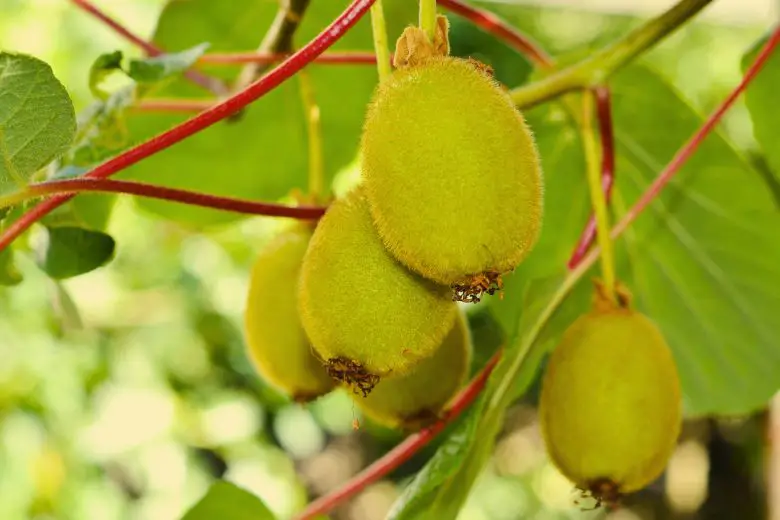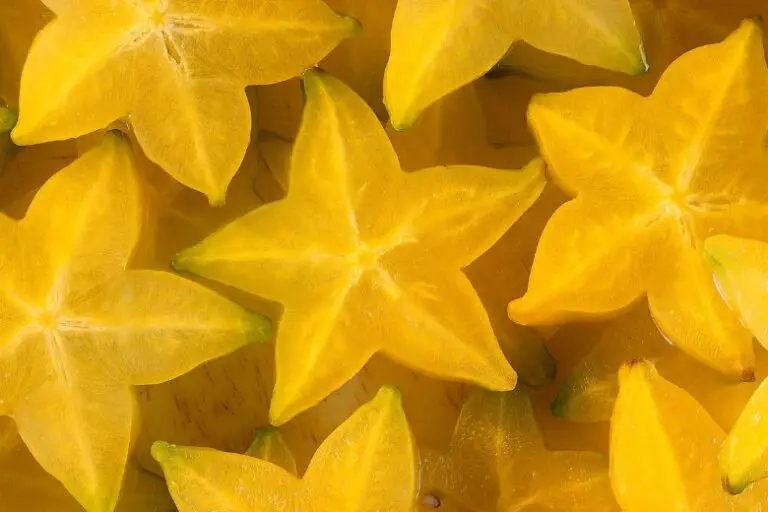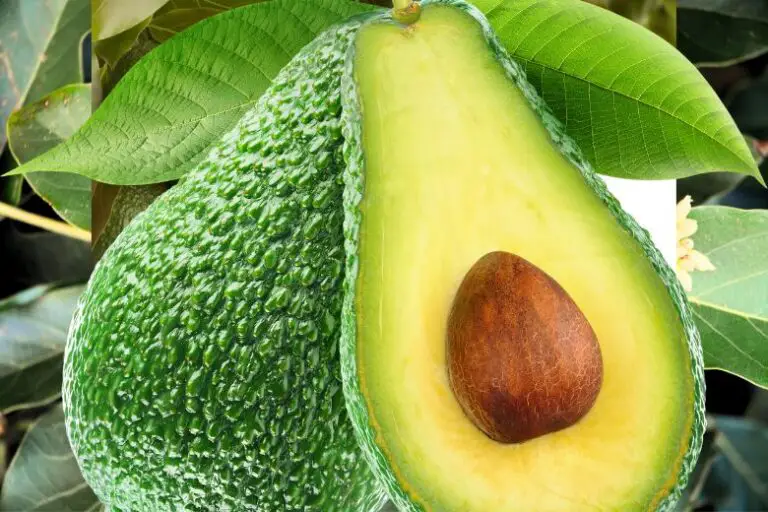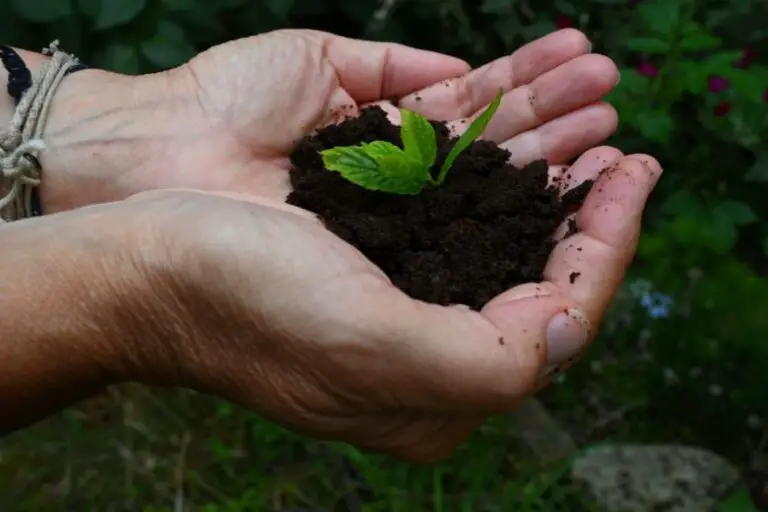How to Grow Kiwi Fruit from Seed
A Step-by-Step Guide
Are you a fan of kiwi fruit? Did you know that you can grow your own kiwi plant from seed? It’s a rewarding and fun experience that allows you to enjoy the delicious taste of homegrown kiwis. In this article, we will provide you with a step-by-step guide on how to grow kiwi fruit from seed. By following these instructions, you can nurture your very own kiwi plant and relish the satisfaction of harvesting fresh, juicy kiwis from your backyard. So, let’s get started!
The Wonders of Growing Kiwi Fruit
Growing kiwi fruit from seed is an exciting endeavor that allows you to witness the life cycle of this remarkable plant. Kiwis, also known as Actinidia, are native to China and are now cultivated in various parts of the world due to their sweet and tangy taste, vibrant green flesh, and high nutritional value. By planting kiwi seeds and nurturing the resulting plants, you can experience the joy of cultivating your own fruit and enjoy the fruits of your labor, quite literally!
Selecting the Right Kiwi Seeds
To start your kiwi-growing journey, you need to select the right kiwi seeds. Look for fresh, ripe kiwi fruits at your local grocery store or farmer’s market. Scoop out the seeds from the fruit and rinse them thoroughly to remove any pulp or residue. It’s important to note that kiwi seeds from hybrid varieties may not produce plants that resemble the parent plant. Therefore, it is recommended to use seeds from open-pollinated or heirloom kiwi fruits for a higher chance of success.
Preparing the Soil for Planting
Kiwi plants thrive in well-draining, fertile soil. Before planting the seeds, prepare the soil by removing any weeds or grass and loosening it with a garden fork or tiller. Incorporate organic matter, such as compost or well-rotted manure, to improve soil fertility and moisture retention. Aim for a slightly acidic soil pH of 5.5 to 7 for optimal kiwi growth.
Planting the Kiwi Seeds
Now that you have prepared the soil, it’s time to plant the kiwi seeds. Dig a small hole in the soil, approximately half an inch deep. Place one or two kiwi seeds in the hole and cover them with soil. Space the planting holes at least six feet apart to allow sufficient room for the vines to spread out as they grow.
Providing Proper Watering and Sunlight
Kiwi plants require regular watering to thrive. Keep the soil consistently moist, but avoid overwatering, as it can lead to root rot. Additionally, ensure that your kiwi plant receives ample sunlight. Choose a sunny location in your garden or yard that receives at least six to eight hours of direct sunlight daily.
Caring for Young Kiwi Seedlings
As the kiwi seeds germinate and the seedlings emerge, it is crucial to provide them with proper care. Keep the soil moist but not waterlogged. Apply a layer of organic mulch around the base of the seedlings to conserve soil moisture, suppress weed growth, and regulate soil temperature. Protect the young seedlings from extreme weather conditions, such as frost or intense heat, by providing appropriate shelter or covering.
Transplanting the Kiwi Seedlings
When the kiwi seedlings have grown to a height of 12 to 18 inches and have developed a few sets of leaves, they are ready to be transplanted into their permanent location. Choose a spot that offers ample space for the kiwi vines to grow and spread. Prepare the planting hole by digging a wide and deep area to accommodate the plant’s root system. Carefully remove the seedling from its container or the ground, taking care not to damage the delicate roots. Place the seedling in the hole, backfill with soil, and gently firm it around the base of the plant.
Trellising and Training the Kiwi Vine
Kiwi plants are vigorous climbers that require support to grow and produce fruit efficiently. Install a sturdy trellis or support structure near the planted seedling to train the kiwi vine as it grows. Secure the main stem of the plant to the trellis using soft ties or plant clips. As the plant grows taller, gently guide the side shoots along the trellis, pruning any excess growth.
Pruning and Maintenance Tips
Regular pruning is essential for maintaining the health and productivity of your kiwi plant. Prune during the dormant season, typically in late winter or early spring. Remove dead, damaged, or diseased branches, as well as any crowded or crossing branches. Pruning helps promote airflow, prevents the spread of diseases, and encourages the development of new fruiting wood.
Protecting Your Kiwi Plant from Pests and Diseases
While kiwi plants are relatively resistant to pests and diseases, they can still be affected by certain issues. Monitor your plants regularly for signs of pests, such as aphids or scale insects, and promptly take appropriate measures to control them. To prevent diseases, avoid overwatering and ensure proper air circulation around the plant. Remove any fallen leaves or debris from the vicinity to minimize the risk of fungal infections.
Pollination: Ensuring Fruit Set
Most kiwi varieties are dioecious, which means they have separate male and female plants. For fruit production, you need both male and female kiwi plants in proximity to allow for pollination. Male plants produce pollen, while female plants bear fruit. However, some kiwi cultivars are self-fertile, meaning a single plant can produce fruit without the need for a separate male pollinator. Check the requirements of your specific kiwi variety and ensure proper pollination for a bountiful harvest.
Harvesting and Enjoying Homegrown Kiwis
After patiently nurturing your kiwi plant, the exciting moment arrives when you can harvest the delicious fruits. Kiwis are typically ready for harvest in late autumn or early winter, depending on the variety and your location. The fruit should be firm but yield slightly to gentle pressure. Twist the kiwis gently to detach them from the vine, or use pruning shears to cut the stem. Allow the harvested kiwis to ripen further at room temperature before enjoying their sweet and tangy flavor.
Conclusion
Growing kiwi fruit from seed is a delightful and rewarding experience. By following the step-by-step guide provided above, you can successfully cultivate your own kiwi plant and savor the taste of fresh, homegrown kiwis. Remember to provide proper care, including watering, sunlight, pruning, and protection from pests and diseases. With time and patience, you will be rewarded with a plentiful harvest of this delectable fruit.
Frequently Asked Questions (FAQs)
How long does it take for a kiwi plant to bear fruit? Kiwi plants generally start bearing fruit within 3 to 4 years after planting. However, some varieties may take longer.
Can I grow kiwis indoors? While kiwis prefer outdoor cultivation, certain compact or dwarf varieties can be grown successfully in large containers or pots indoors, provided they receive adequate sunlight.
What are some common pests that attack kiwi plants? Common pests that may affect kiwi plants include aphids, scale insects, and caterpillars. Regular monitoring and appropriate pest control measures can help manage these issues.
Do I need to hand-pollinate kiwi flowers? In most cases, kiwi plants rely on bees and other pollinators for natural pollination. However, if you have a self-fertile variety or insufficient pollinators in your area, you may need to hand-pollinate the flowers using a small brush or cotton swab.
Are there different varieties of kiwi fruit? Yes, there are various kiwi varieties available, including green-fleshed kiwis, golden kiwis, and even red-fleshed kiwis. Each variety has its unique characteristics, flavor, and climatic requirements.







